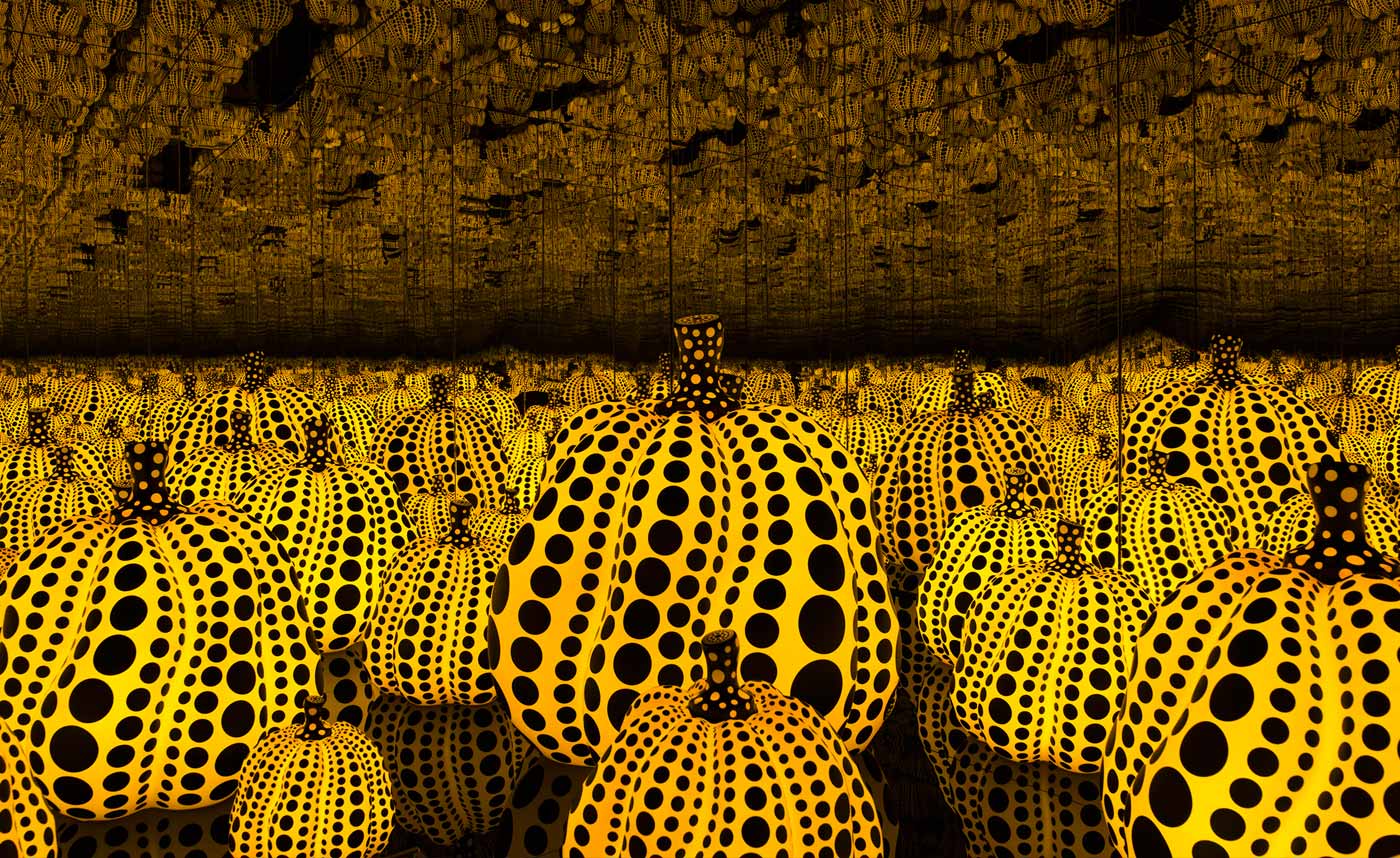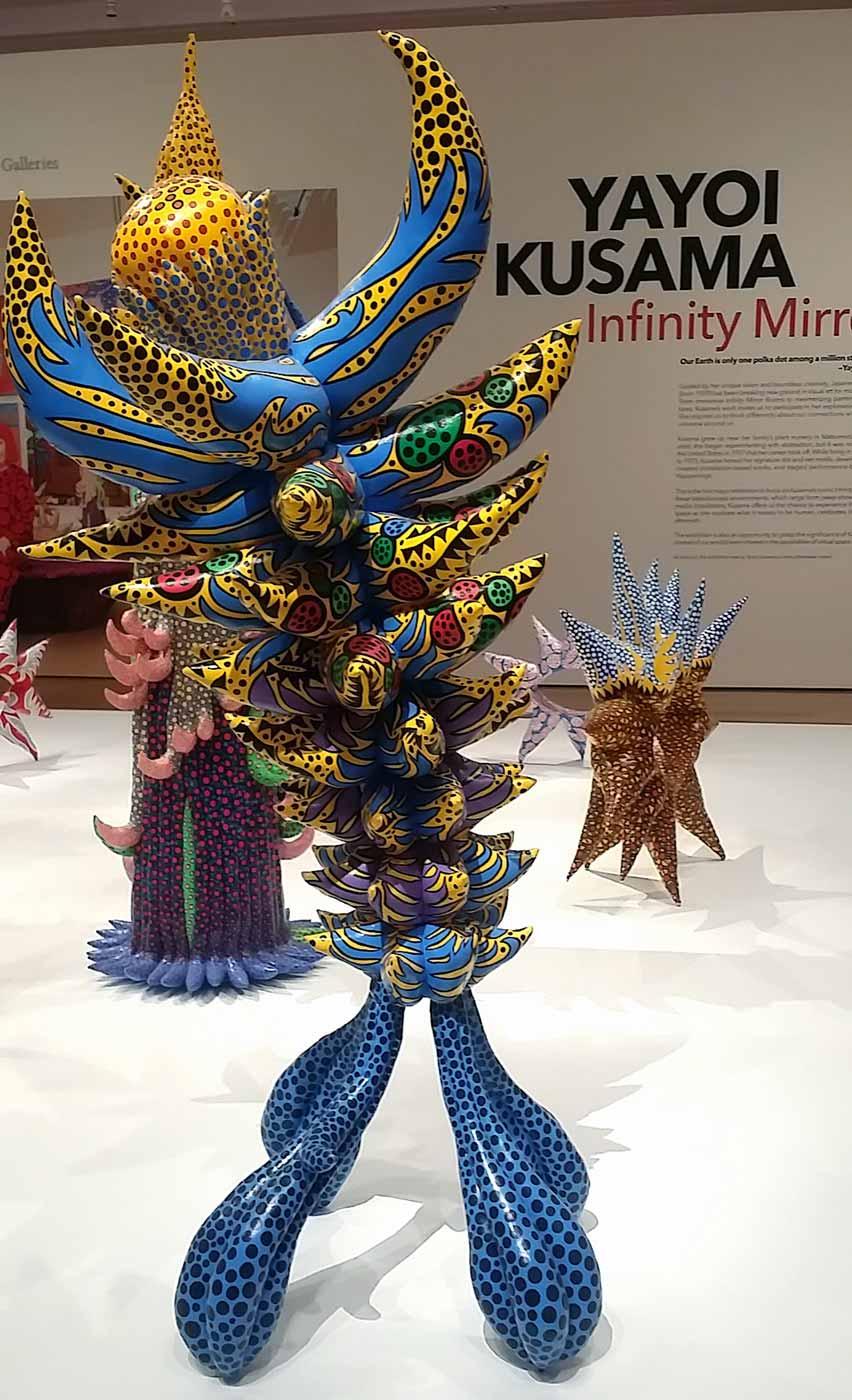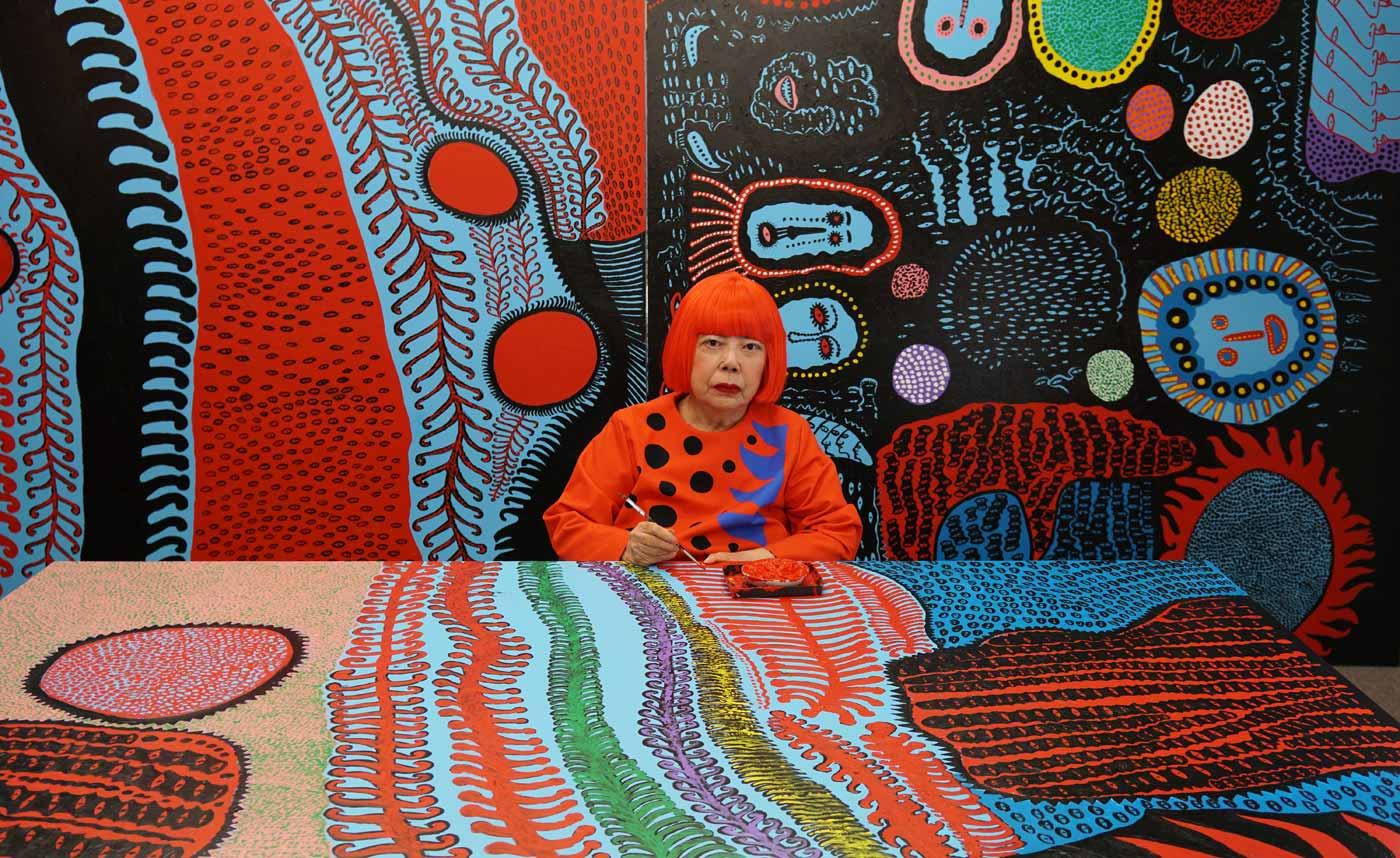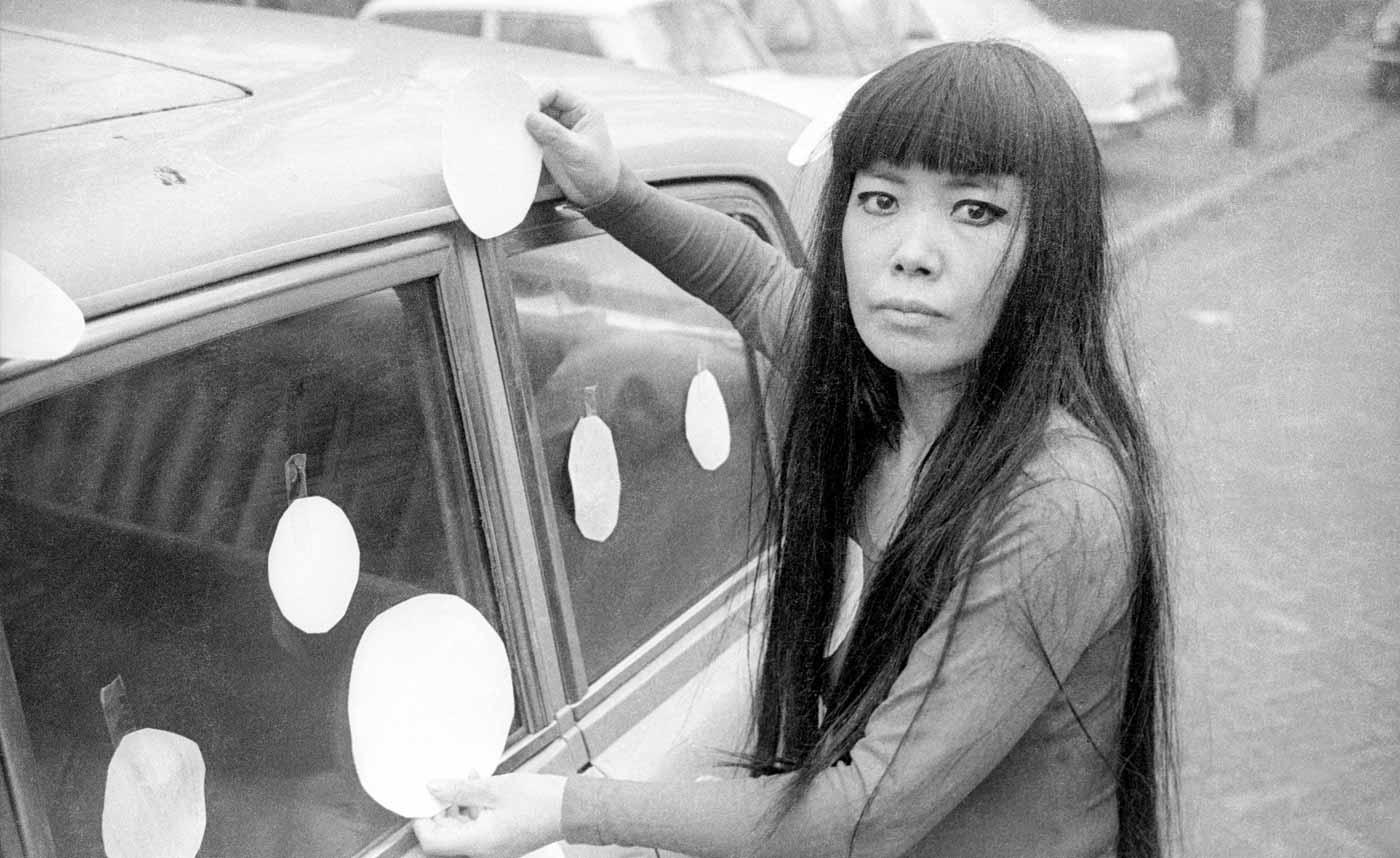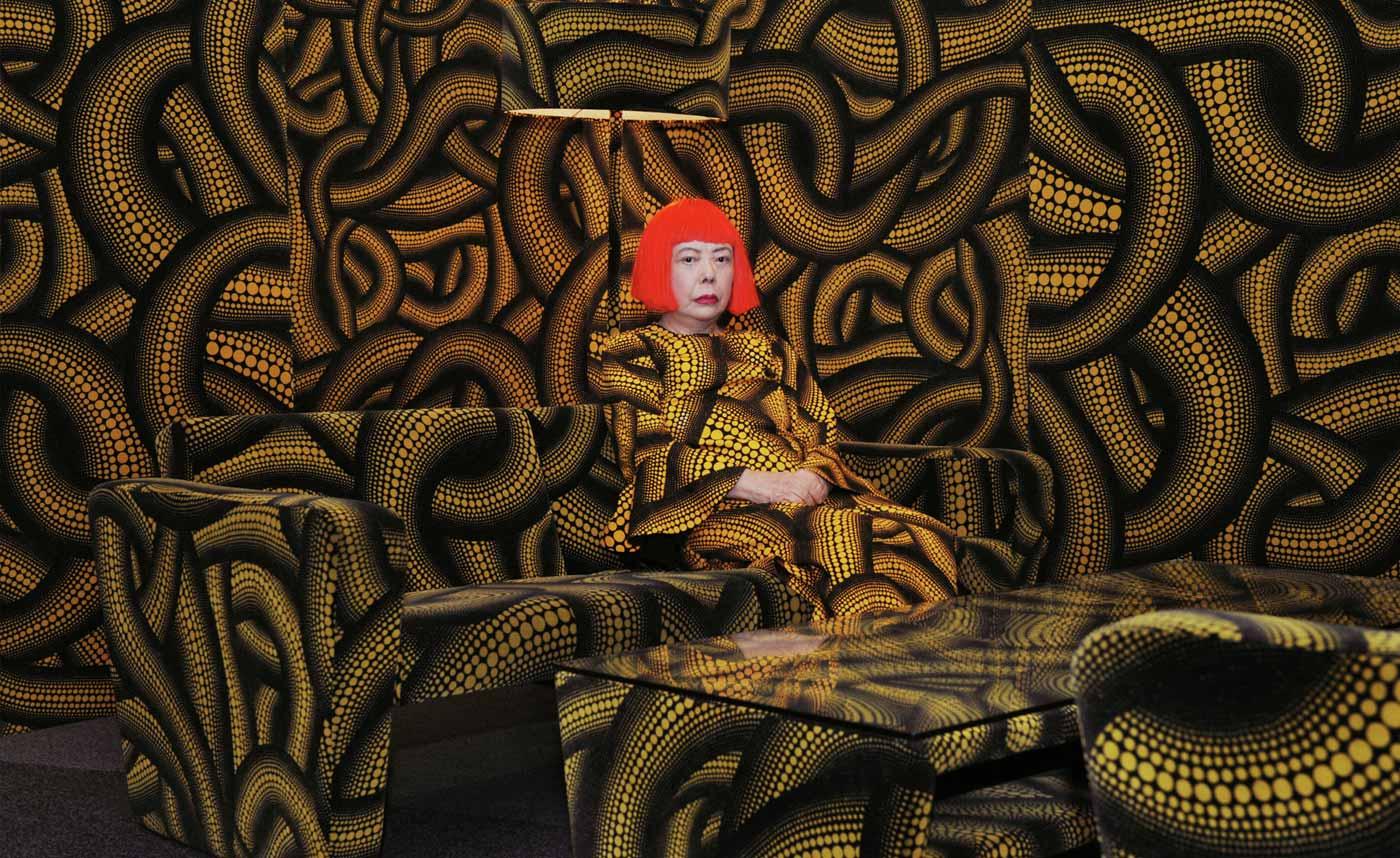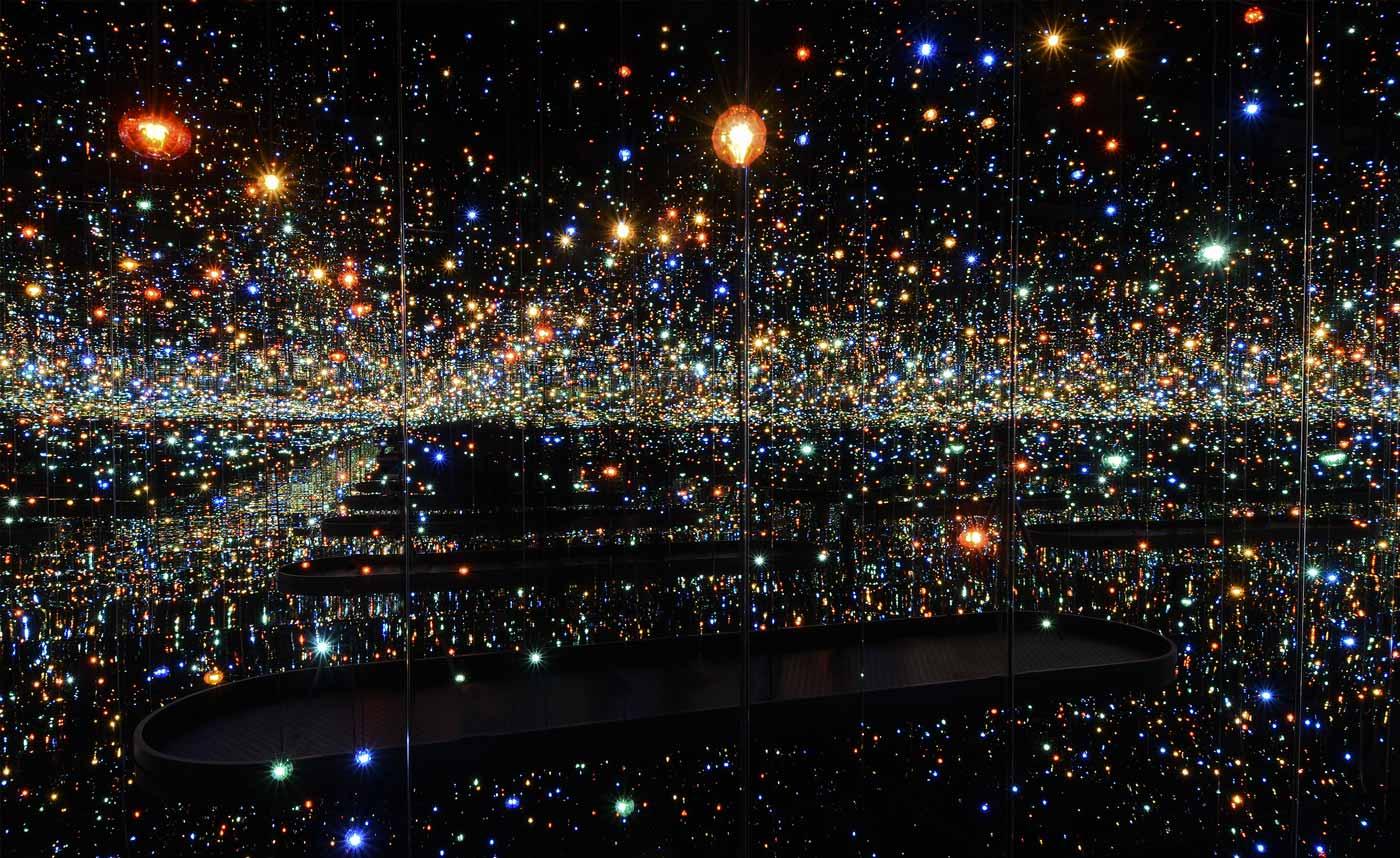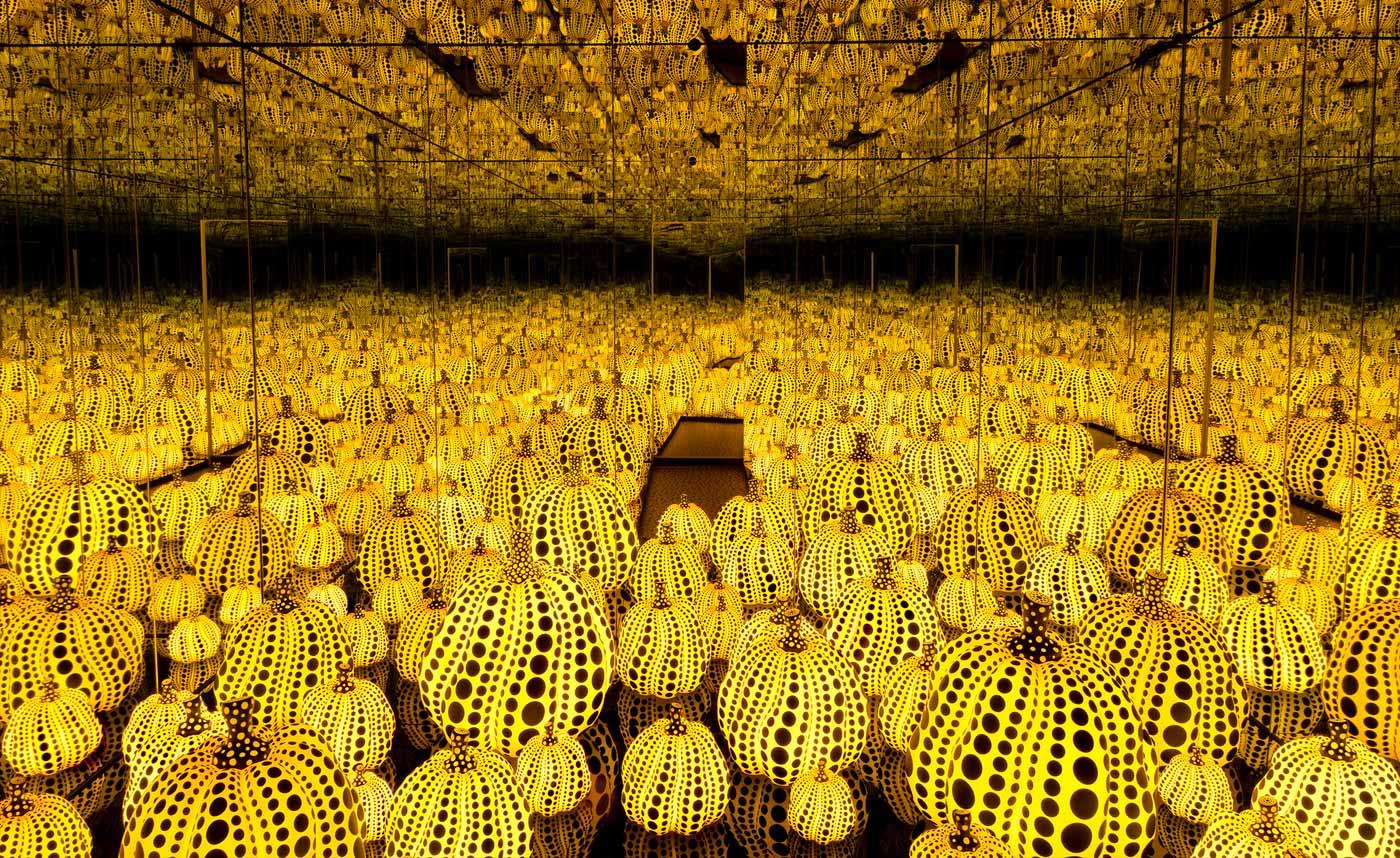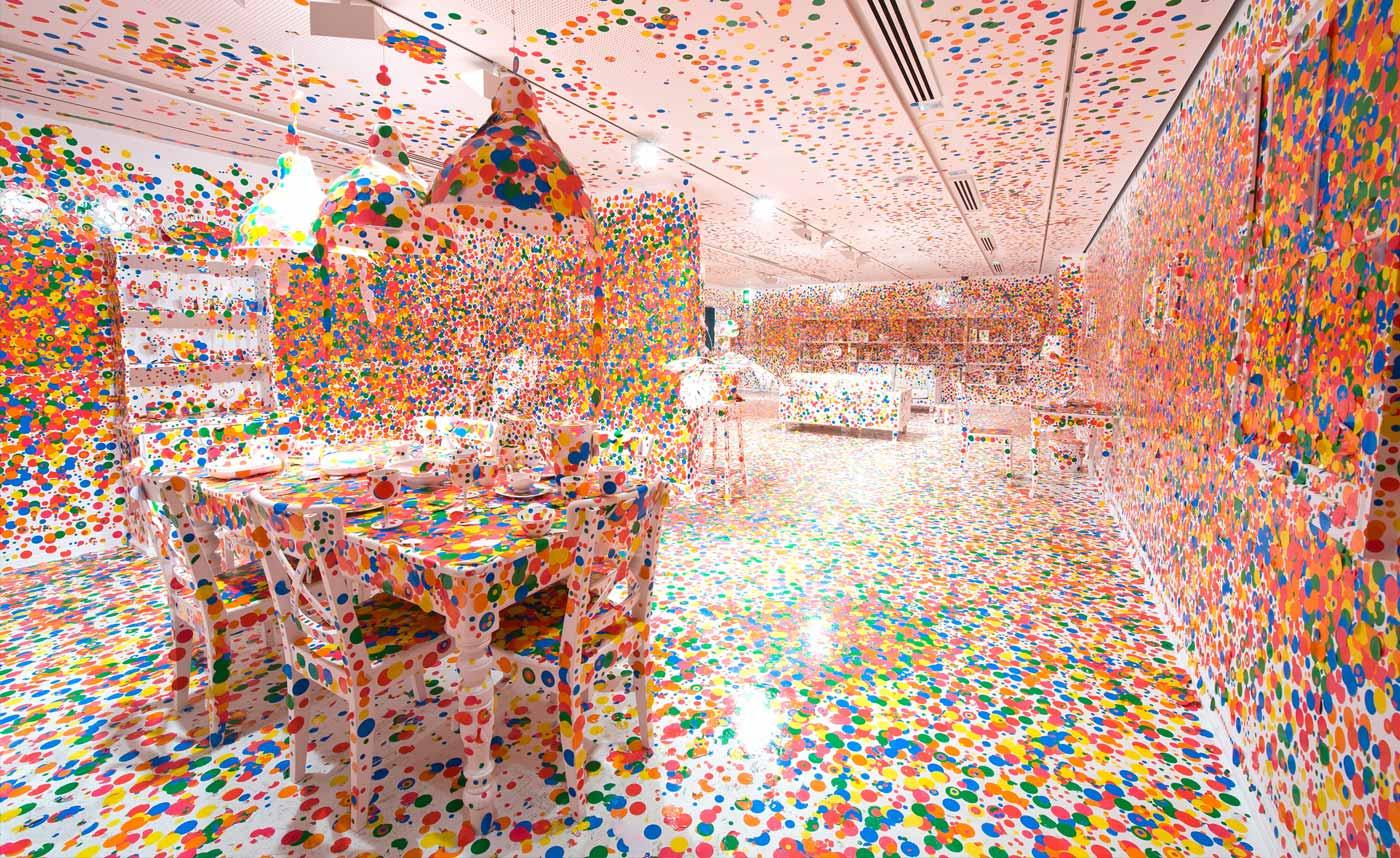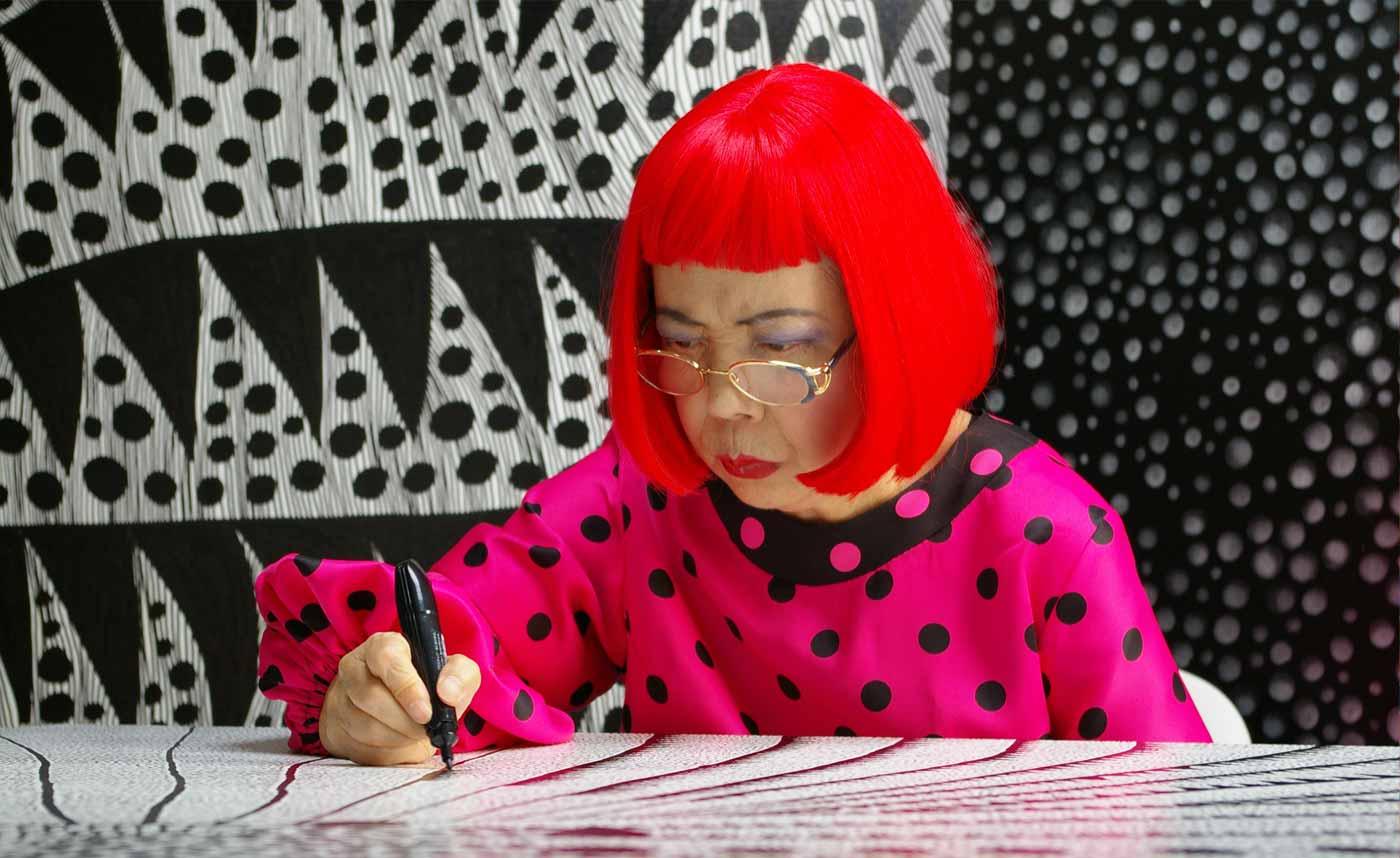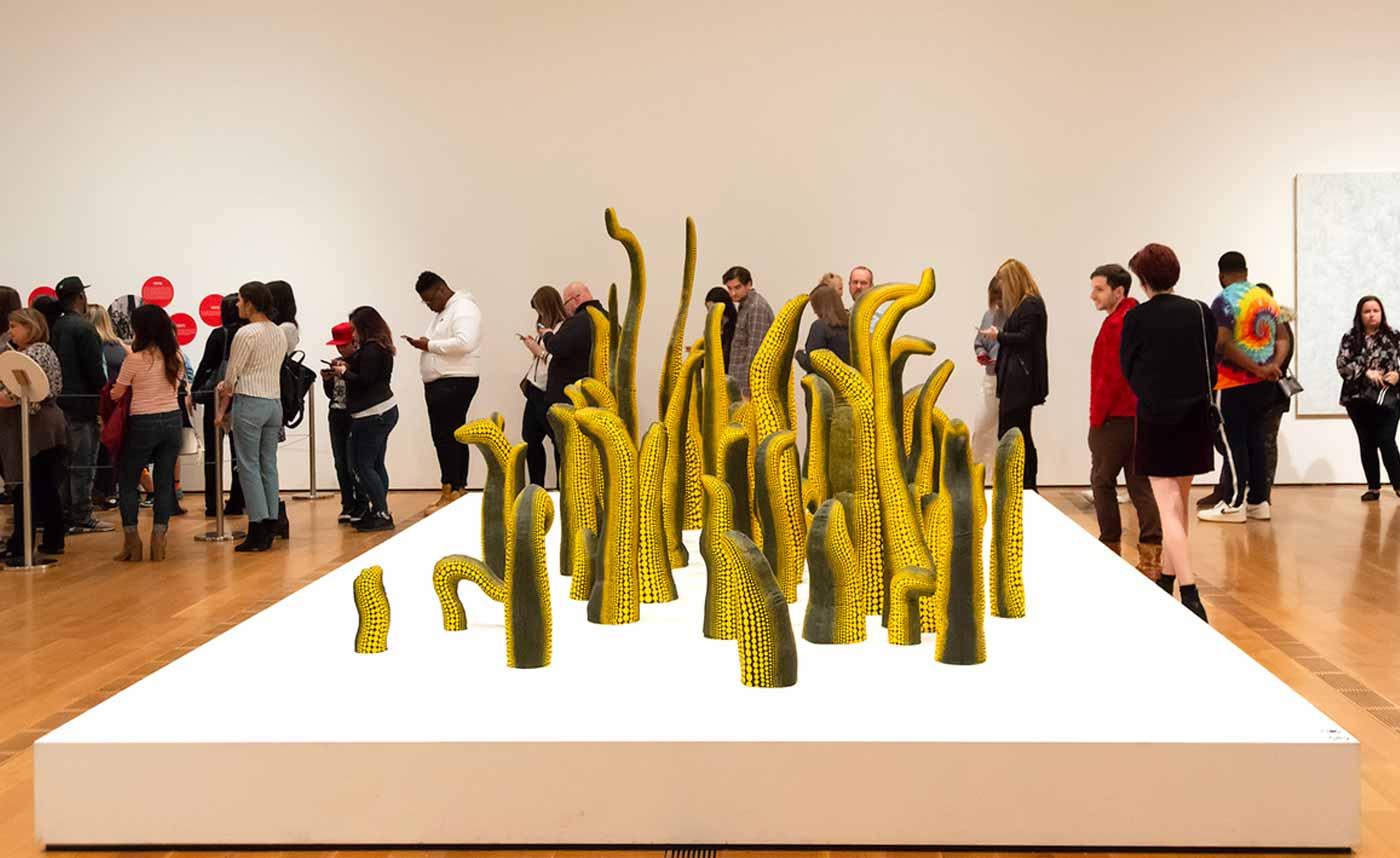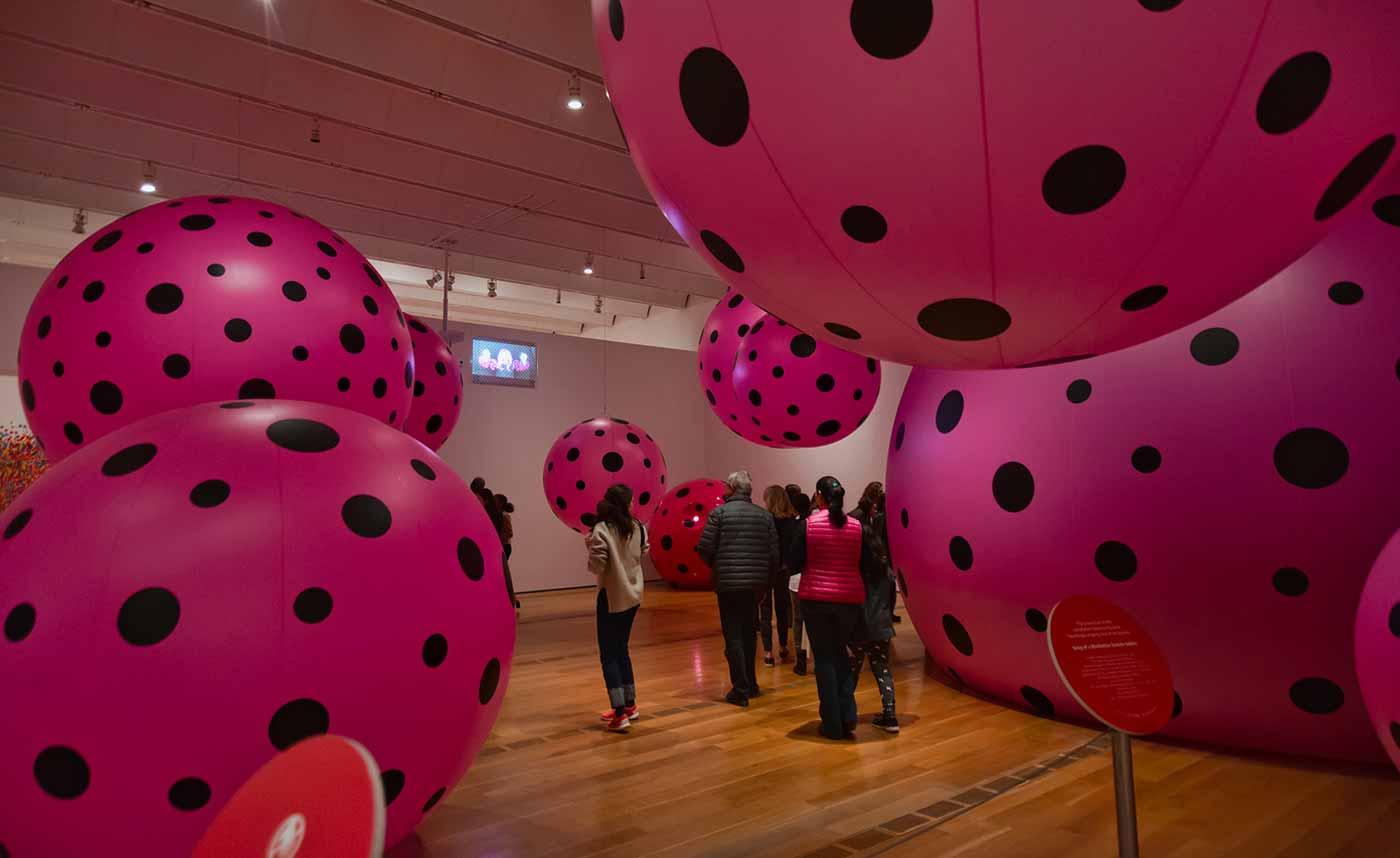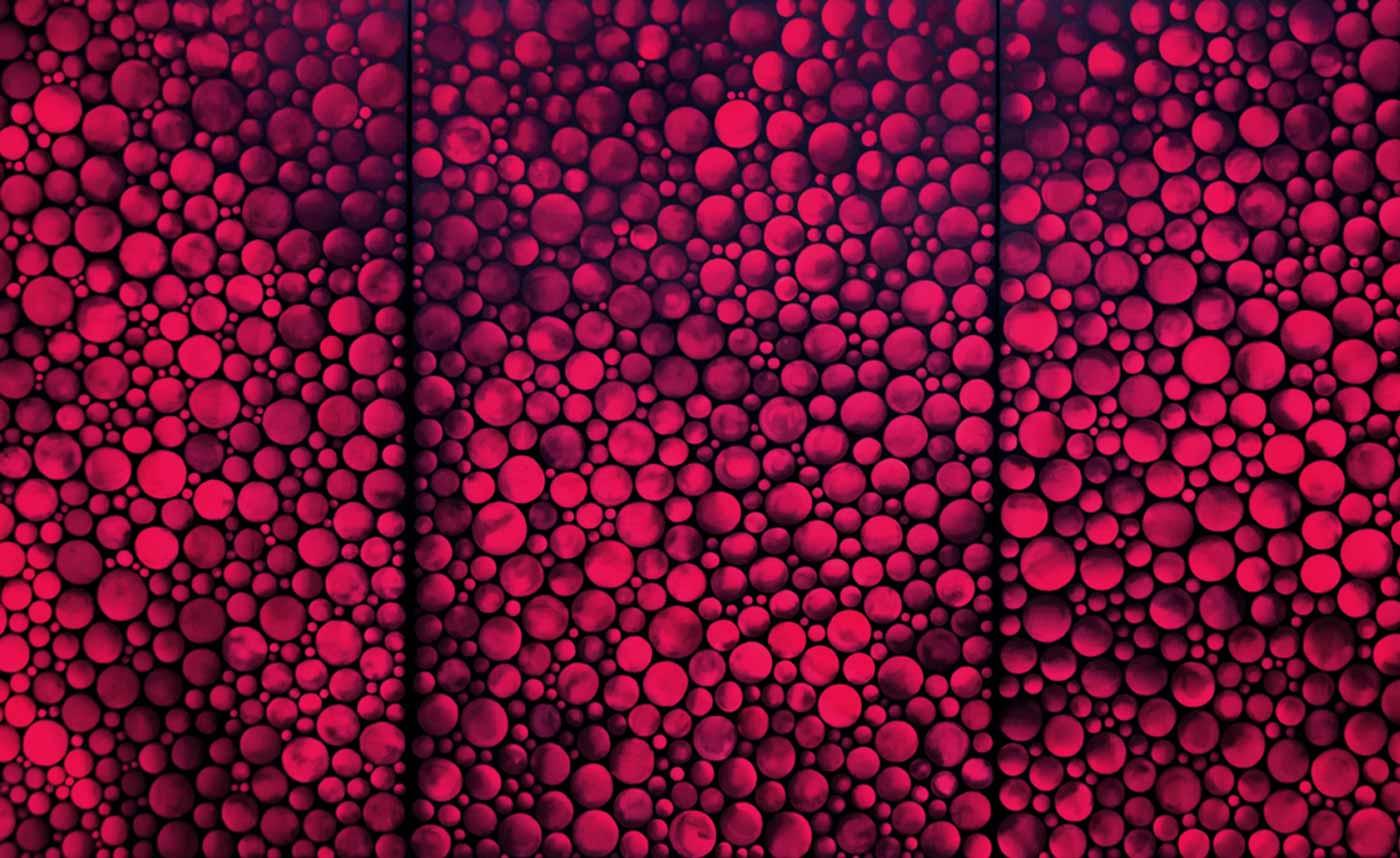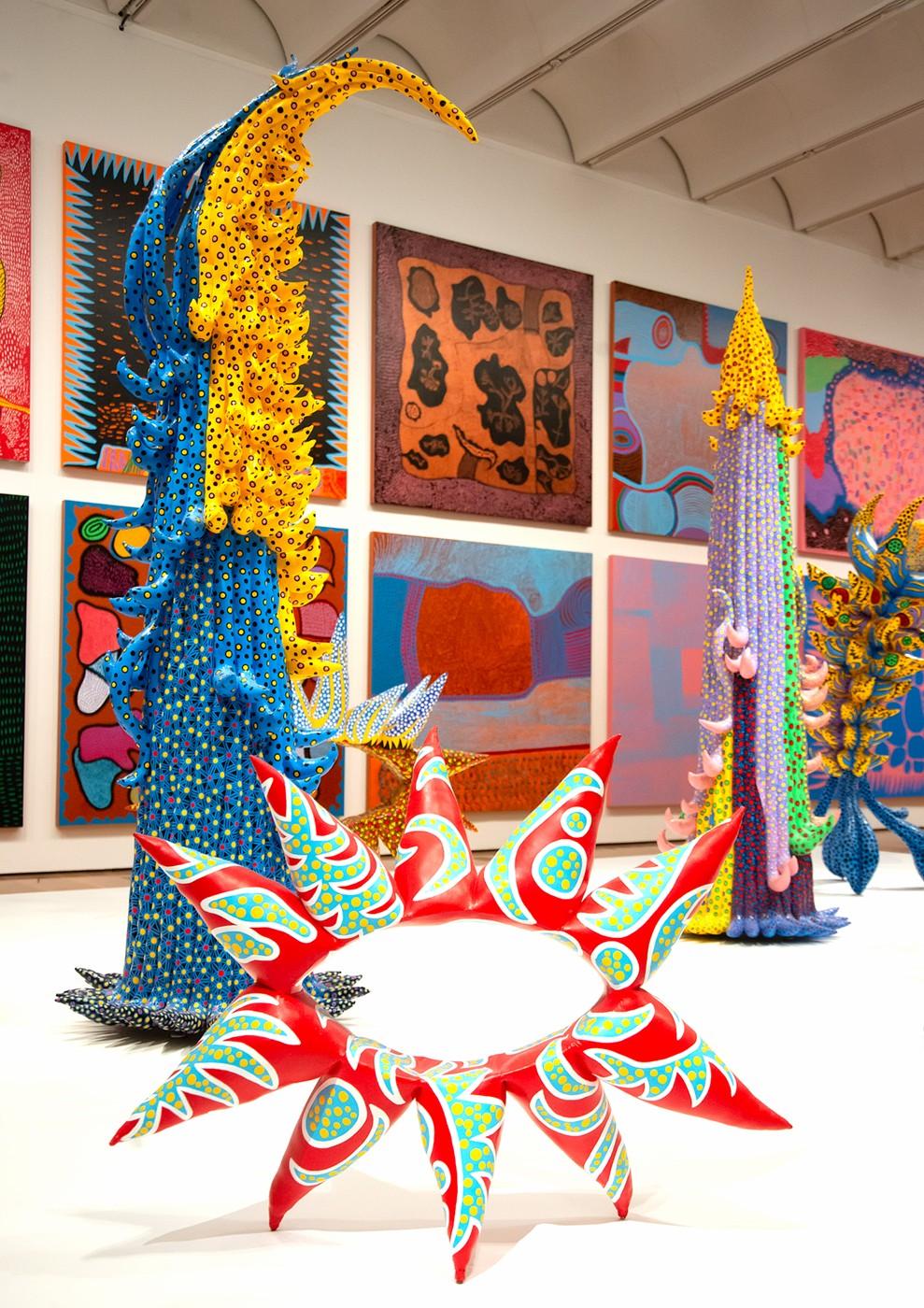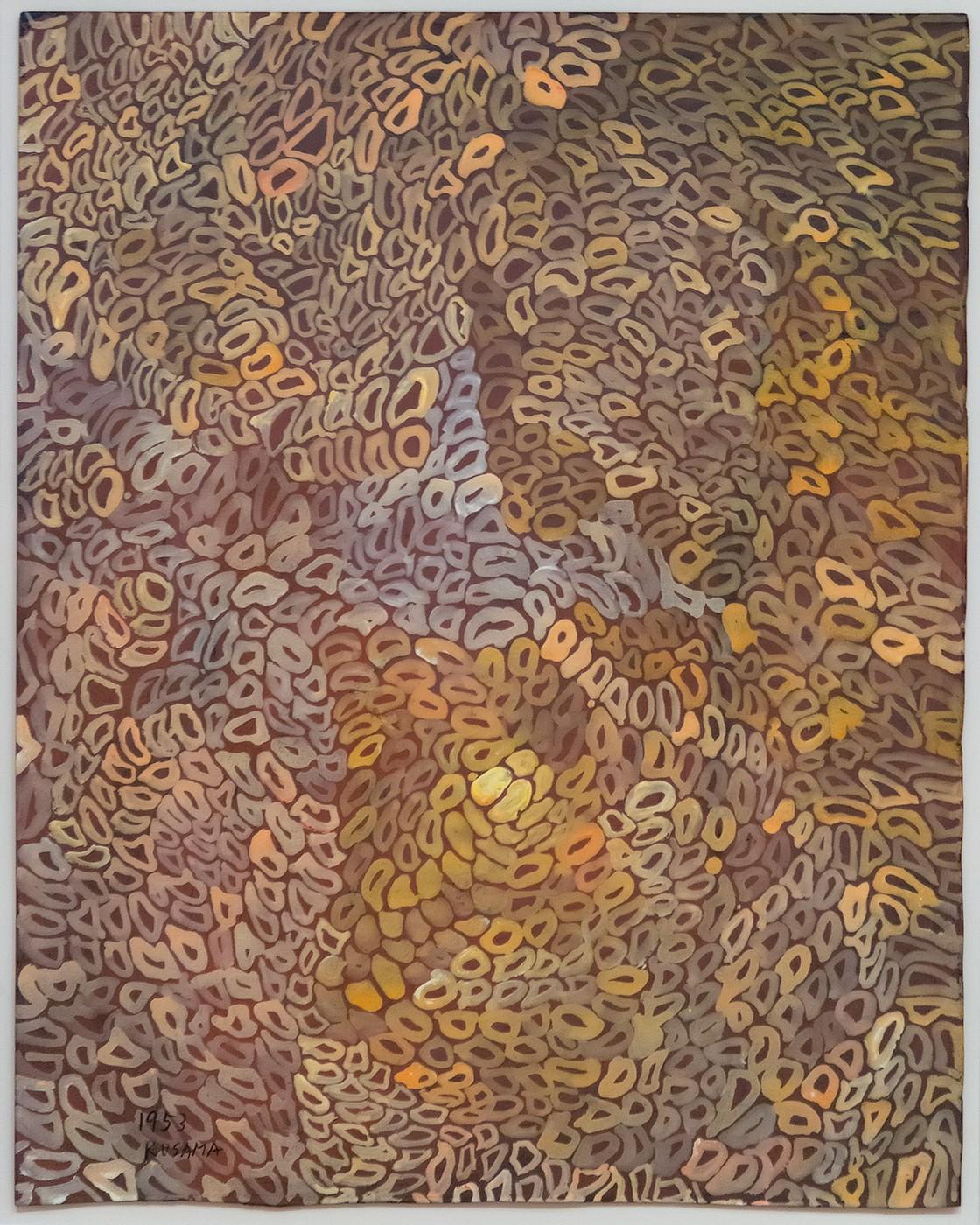In November 2014, Japanese avant-garde artist Yayoi Kusama became the most expensive living female artist at auction. When Christie’s auctioned her monochromatic Infinity Net painting, White No. 28 (1960), the oil on canvas sold for $7,109,000 USD, crushing the auction estimate range of $1,500,000 - $2,000,000. Her record has since been surpassed, but Kusama is still the hottest ticket in town.
Yayoi Kusama: Infinity Mirrors, an overwhelmingly popular retrospective spanning the 65 years of the artist’s career, made its last North American stop at the High Museum in Atlanta, GA, where it closed this weekend. Six of her mesmerizing installations, the Infinity Mirror Rooms, are included in the exhibit. The Hirshhorn Museum and Sculpture Garden reported that during the show's 2017 world debut, nearly 160,000 people visited Infinity Mirrors over a nearly three-month period, helping to double their average attendance with a record 475,000 visitors. The High expected 140,000 visitors to their showing. Approximately 9,000 tickets reserved for the final week of the exhibit sold out in around two hours. On Instagram alone, #infinitymirrors has over 113,000 image posts.
The tidal wave of popularity surrounding Kusama's retrospective stunned even Infinity Mirrors curator Mika Yoshitake. During her talk at the High, she called the response "a true testament to one of the most extraordinary artists living today."
What is it about Kusama's work that has captured our imagination and social media accounts? Is it that her bright colors festooned with playfully repeating dot motifs are a cheerful visual feast during what are frequently referred to as "these uncertain times"? Or is it the mystique of her Infinity Mirror Rooms, which are both ready-made for ethereal meditation on the outer cosmos, while also begging for selfies in the social media age?
In January, Magnolia Pictures released Kusama: Infinity on DVD. Directed, written and produced by Heather Lenz, this well-researched documentary provides an excellent overview of the life and importance of this innovative artist.
An artistic underdog, Kusama has triumphed over a traumatic childhood, sexism, and racism, all while she uses art to quell the hallucinatory symptoms of mental illness. In an email interview, Michael Rooks, the High's Wieland Family Curator of Modern and Contemporary Art, commented on her inspirational journey: "Kusama certainly sets an example for other artists…to persevere against odds, biases and injustices, and to immerse one's self in one's life's work."




